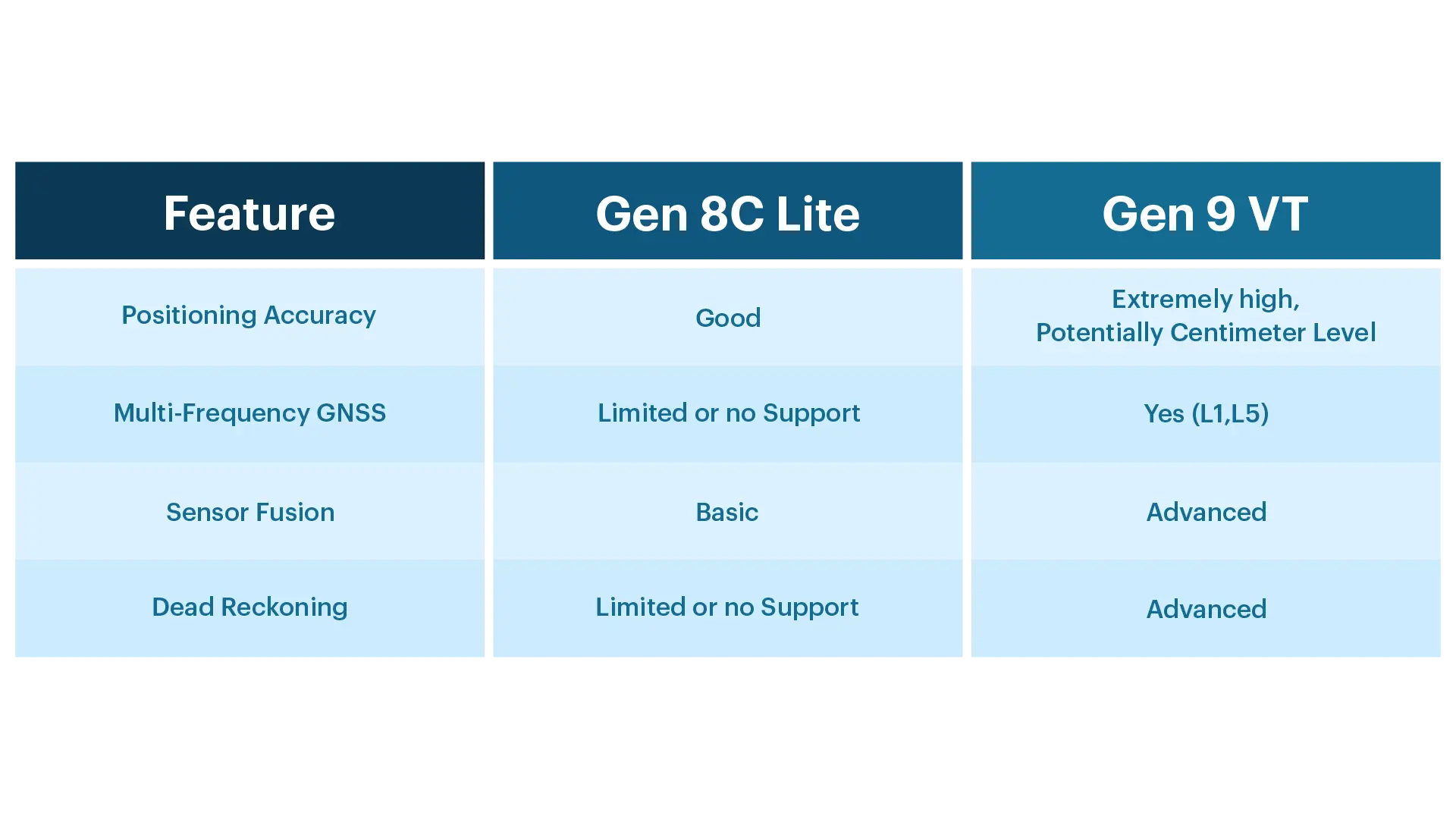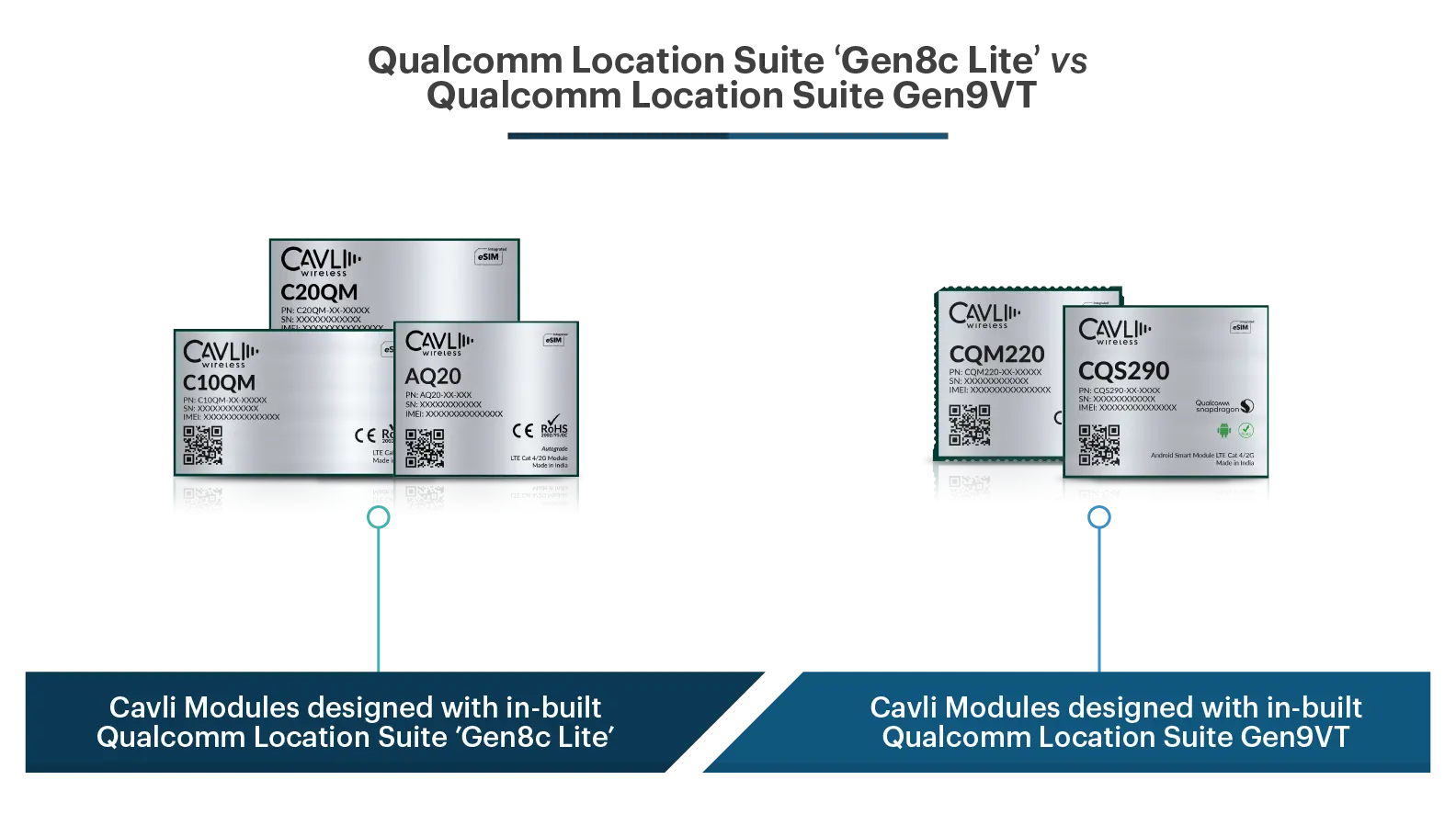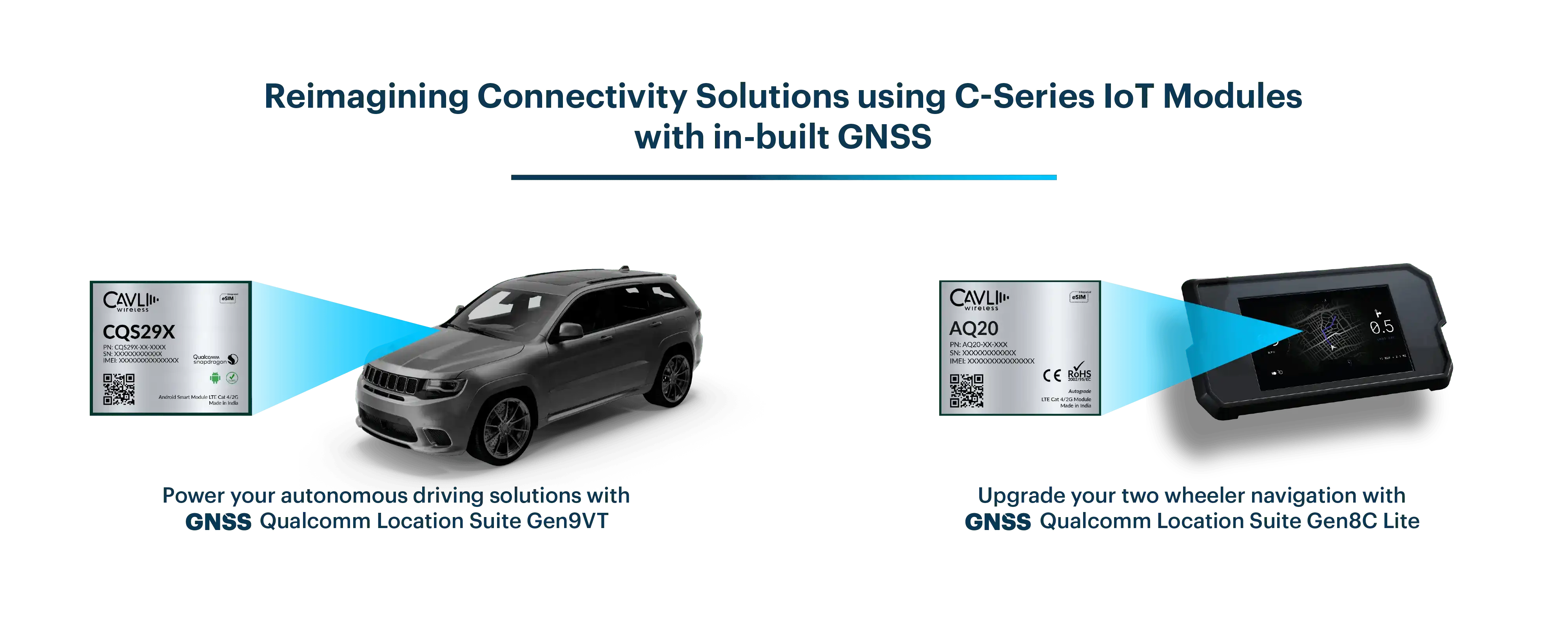The world of connected devices is ever evolving, encompassing everything from wearables and smart homes to connected vehicles and industrial automation. Central to this interconnected ecosystem is location services– the ability to geographically pinpoint devices and leverage location data for enhanced functionality.
Qualcomm Technologies, a leading provider of wireless technology, deployed their GNSS based location engine named Qualcomm iZat Location Platform by incorporating it into phones with Qualcomm’s specific chipsets. The deployment occured in the begining of the smartphone era, making the iZat Platform one of the first GNSS based technology to incorporate indoor location tracking functionality into such handheld devices with support for GPS. Their location engine evolved through the years, adding support various constellations while simultaneously being incorporated into a variety of hardware platforms.
By 2015, the iteration Gen8C took the limelight by offering a host of multi-constellation GNSS support that includes GPS, Glonass, Galileo, Beidou etc. Following this by the last half of the decade, the platform was renamed into Qualcomm Location Suite. This blog delves into the nuances of these technologies, why IoT modules use them, exploring their characteristics, implications for engineers and end users, and ultimately guiding developers towards the optimal choice for their specific IoT applications.
Introducing Qualcomm's Location Services: Gen 8C Lite and Gen 9 VT
Qualcomm's location suites are designed to provide accurate and reliable location data for a diverse range of IoT devices. Gen 8C Lite and Gen 9 VT represent two distinct tiers within the portfolio, each catering to specific use cases and performance requirements.
Qualcomm Location Suite Gen 8C Lite
-
Focus:
A more budget-friendly, power-efficient solution.
-
Capabilities:
Provides a good balance of accuracy and power consumption.
-
Constellation Coverage:
Supports basic positioning technologies: GPS, GLONASS, Galileo, BeiDou, QZSS SBAS.
-
Ideal for:
Devices where cost-effectiveness and battery life are priorities over top-tier location precision (e.g., entry-level two wheeler clusters, wearables).
Qualcomm Location Suite Gen 9VT
-
Focus:
Cutting-edge location technology for demanding applications, with precision as the forefront.
-
High-Precision Positioning:
Leverages multiple frequencies (L1, L5), carrier phase measurements, and advanced algorithms for extremely accurate positioning (upto to 2 meters).
-
Sensor Fusion:
Integrates data from various sensors (e.g., inertial sensors, barometer) to enhance location accuracy, especially in challenging environments like indoors or urban canyons
-
Ideal for:
Ideal for: Applications requiring the highest level of location precision, reliability, and security (e.g., autonomous driving, precision agriculture, augmented reality).

Cavli's Diverse Module Portfolio

Cavli's extensive product portfolio offers a multitude of products that are designed with in-built GNSS chipsets from Qualcomm. The C10QM and C20QM modules come bundled with Qualcomm Location Suite Gen8C Lite, which offers support for most regional satellite constellations including GPS, GLONASS, Beidou, Galileo, QZSS and SBAS. In usecases that are constrained by power draw, these modules efficiently utilize the Gen8C lite engine to provide a seamless location tracking solution.
This powerful module, equipped with Qualcomm's QCM2290 chipset, delivers superior location accuracy and robust performance for demanding IoT applications. The module's advanced features, including multi-band GNSS support, enable precise positioning even in challenging environments but come at the cost of increased power draw, making it ideal for use cases like autonomous vehicles and precision agriculture.
Engineering Implications: How does Location Suite fast track OEM’s development journey?
Selecting the appropriate Qualcomm location suite goes beyond simply comparing specifications. Engineers must consider the broader implications for their projects. Gen 8C Lite, with its streamlined design, offers a cost-effective and easy-to-integrate solution. Its minimal power consumption makes it particularly attractive for battery-operated devices where extending operational life is critical. However, its accuracy may be limited in challenging environments compared to Gen 9 VT.
Gen 9 VT, while requiring a higher investment, delivers unparalleled accuracy and greater resilience to signal interference. This technology unlocks capabilities for applications where precise positioning is paramount, enabling developers to create sophisticated location-aware solutions.
Choosing the right Location Suite
Ultimately, engineers must carefully assess their project requirements, considering factors like:
- Required accuracy: Gen 9 VT excels in scenarios demanding high precision, while Gen 8C Lite may suffice for basic location awareness.
- Power constraints: Gen 8C Lite's low power consumption makes it ideal for battery-powered applications, while Gen 9 VT might be better suited for scenarios where power availability is less restrictive.
- Cost considerations: Gen 8C Lite offers a more economical solution, particularly for large-scale deployments where cost optimization is crucial.
In the case of a two wheeler OEM whose intention is to add Smart telematics and tracking capabilities to their product line-up, Cavli AQ20 with in-built GNSS powered by Gen8C Lite would appear as the optimal choice. The AQ20 module would perform the required compute tasks for telematics with ease while also serving as a value for money tracking solution, elevating connected two wheeler experiences to a new height.
Whereas, another OEM whose speciality is to developing self-driving cars might feel more satisfied with our CQS29X series of Smart modules powering their solution as its Gen9VT location engine would provide more precise tracking capabilities. Furthermore, it is powered by a more powerful baseband chipset with greater efficiency for compute tasks or calculations like those needed for self-driving cars that ensures the car does not run into problems, both literally and figuratively.

Practical Implications: What benefits do the end users experience?
The choice of location technology directly impacts the end-user experience and ultimately the success of the IoT solution. Gen 9 VT-powered devices, such as Cavli's CQS29X module, deliver superior location accuracy, leading to a more responsive and reliable user experience. This can translate to:
- Enhanced safety: Precise location data is vital for applications like autonomous vehicles and emergency response systems, ensuring the safety of users and responders alike.
- Increased efficiency: Accurate positioning enables precise navigation and optimized operations, leading to improved efficiency in logistics, agriculture, and other sectors.
- Personalized experiences: Location data enables personalized services and tailored content, enhancing user engagement and satisfaction.
Gen 8C Lite, while offering less precision, can still provide valuable location awareness for mass-market IoT devices, enabling features like:
- Basic tracking: Providing users with general location information for assets or personal devices.
- Simple geofencing: Triggering actions based on device entry or exit from designated areas.
- Location-based services: Enabling basic location-aware functionalities without significantly impacting cost or power consumption.
Closing Notes:
The choice between Qualcomm Location Suite Gen 8C Lite and Gen 9 VT is not a straighforward one with a clear cut answer scenario, unfortunately. Developers must carefully analyse their specific needs, and understanding the strengths of each location suite, developers can make informed decisions to create compelling and successful IoT solutions that cater to the specific needs of their target customers.

